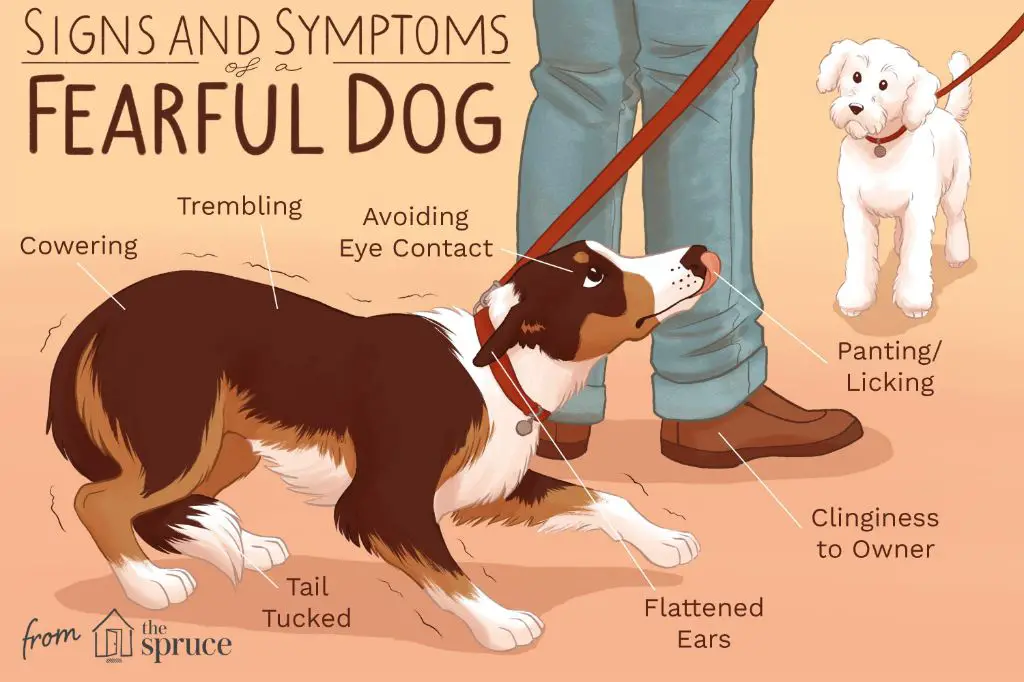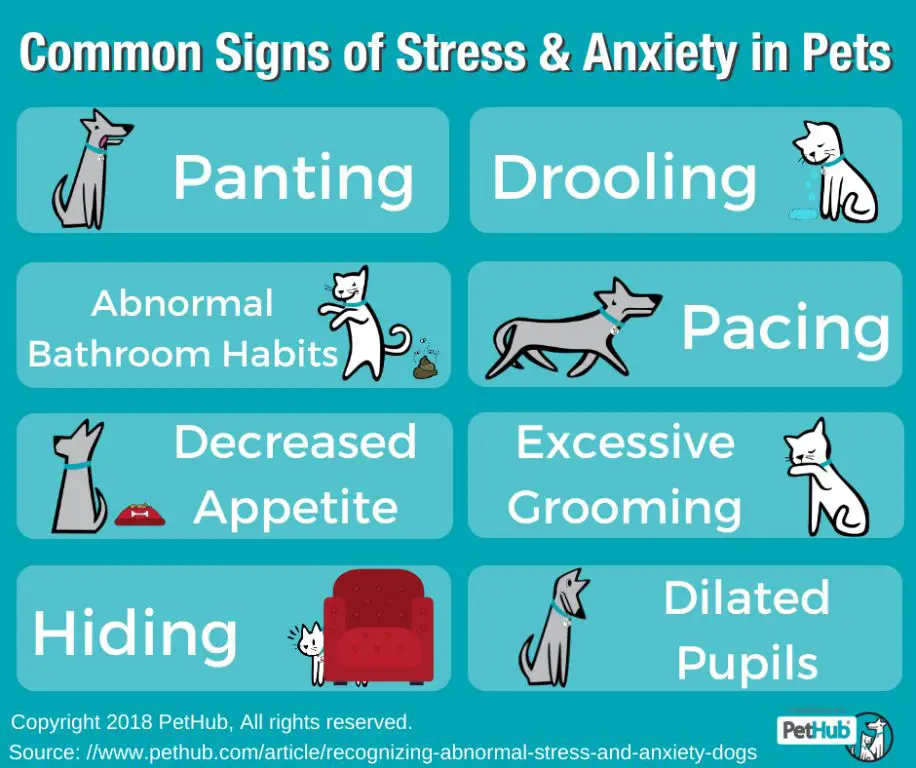Introduction
Shock collars are training devices that deliver an electric shock as a form of negative reinforcement for dogs. They consist of a collar receiver worn by the dog and a remote transmitter handled by the owner. When activated by pushing a button on the remote, electrodes on the collar deliver an unpleasant jolt of electricity to the dog’s neck. The purpose of this is to interrupt and deter unwanted behaviors.
Shock collars are controversial devices in dog training. While some view them as more humane and effective for obedience training than other aversives, many experts argue they are unethical and can lead to increased fear, anxiety and aggression in dogs. Understanding why dogs are scared of shock collars can help owners make informed choices about their use.
What Are Shock Collars?
Shock collars, also known as e-collars or electronic collars, are devices that deliver an electric shock as a form of conditioning or punishment. They consist of a collar receiver that is worn around the dog’s neck and a handheld remote transmitter that the owner controls. When activated by the remote, the collar emits an electric shock ranging from low to high voltage through contact points on the collar. The intensity of the shock can be adjusted on some models.
Shock collars were originally designed as training devices, using electric shocks as positive punishment to curb unwanted behaviors. The premise is that the shock will deter the dog from repeating the undesired behavior in order to avoid further discomfort. While once commonly used for obedience training, shock collars have become controversial due to welfare concerns. Their use is banned in some areas. Advocates argue that shock collars can be effective for behavior modification if used correctly, while critics contend they are inhumane and detrimental to the human-animal bond.
How Do Shock Collars Work?
Shock collars deliver an electric shock to a dog’s neck when activated. There are two main types of shock collars:
Remote-controlled shock collars – These collars have a remote control that allows the owner to administer a shock on command. When the button on the remote is pressed, electrodes on the collar deliver an electric current to the dog’s neck. The intensity of the shock can be adjusted on some models.
Automatic shock collars – These collars automatically deliver a shock when they detect barking or other unwanted behaviors in the dog. Sensors on the collar pick up vibrations from barking or electrodes detect when the dog is crossing a buried wire boundary. Once triggered, the collar emits an electric shock without any input needed from the owner.
The electric shock delivered ranges from around 3,000 to 11,000 volts, depending on the model. The level of shock can be adjusted on some collars. The shock lasts a fraction of a second but is intended to cause pain or discomfort to deter unwanted behaviors.
Reasons Shock Collars Are Used
Some dog owners resort to using shock collars to control their pet’s behaviors. Shock collars are often used to stop unwanted behaviors like barking, jumping, chasing cats or other animals, digging, and getting into trash. They are also sometimes used for training dogs for hunting or sports like agility competitions and field trials.
Dog owners may turn to shock collars because they believe it offers an effective way to quickly stop undesirable conduct. Unlike positive reinforcement training which requires time and consistency, shock collars promise a “quick fix.” Owners also use shock collars for off-leash control if voice commands are ignored. The electric shock provides an enforcement that gets the dog’s attention even from a distance.
Unfortunately, while shock collars may suppress unwanted behavior, they do not address the root cause and can contribute to anxiety in dogs. There are more humane and effective alternatives that focus on positive reinforcement. Shock collars should be an absolute last resort after ruling out medical issues or trying other methods first.
Pain and Fear Response in Dogs

Dogs, like humans, have the capacity to feel both physical and emotional pain. Their brain structure is similar to humans in the areas that process emotions and sensations. Research shows that dogs experience acute and chronic pain much like people do.
When a shock collar is triggered, it delivers an electric shock that the dog finds unpleasant or painful. This triggers the dog’s natural fight-or-flight fear response. Their heart rate goes up, blood pressure rises, and stress hormones like cortisol flood their system – all signs of fear and distress.
Furthermore, dogs have memory centers in their brains similar to humans. When they experience something scary or painful like a shock from a collar, they can retain that memory. This means they can develop lasting fear or anxiety around the collar itself or the environment they got shocked in.
In summary, dogs do not experience pain or fear differently than humans on a biological level. Shock collars can actually induce acute pain and chronic stress in dogs when activated. This makes them afraid of the collar and apprehensive about being shocked again in the future.
Negative Effects of Shock Collars
Using shock collars can have many concerning negative effects on a dog’s physical and psychological well-being. The use of electric shocks, even at low levels, can inflict pain, fear, anxiety and stress. Dogs may associate the pain and fear with whatever they are doing when shocked, rather than with the unwanted behavior itself. This can lead to confusion and learned helplessness.

The shocks can cause dogs to become fearful, anxious and insecure. Some dogs can even develop aggression and act out due to the pain and fear caused by shocks. The loss of trust in their owner and environment can lead to long-term behavioral issues. Studies have found that shocking dogs can elicit severe and debilitating psychological stress responses, even when shocks are administered at relatively low levels.
The pain and fear caused by shock collars can also lead dogs to associate the collar, their owner, or the environment with the negative experience. This can damage the human-animal bond and cause dogs to become distrustful. The negative effects on welfare and the relationship means shock collars should be avoided in favor of more humane and effective positive reinforcement training methods.
Better Alternatives
Instead of using shock collars that create fear and pain responses in dogs, there are more positive and effective alternatives that can help train dogs without harming them.
Positive reinforcement training is a reward-based method that associates good behaviors with treats and praise. This allows the dog to learn in a patient, encouraging environment. Things like clicker training, where the clicker sound marks good behavior to reinforce it, utilize positive reinforcement very effectively.

There are also humane chew deterrents available that can curb undesirable chewing behaviors. These products often use bitter but harmless tastes to discourage chewing, redirecting the dog to appropriate toys instead. With consistency, they can work as well as or better than shock collars, again without causing fear or pain.
Ultimately, the most successful dog training focuses on forming a bond built on trust and mutual understanding. Harsh punishments undermine this bond, while kinder methods deepen it. There are always better alternatives to shock collars that avoid scaring dogs in the process.
Signs Your Dog is Scared of the Collar
There are several clear signs that indicate your dog is afraid of the shock collar you have placed on them. Being able to recognize when your dog is scared or anxious is important so you can properly address the situation.
Some common signs that your dog is fearful of the shock collar include:
-
Cowering – Your dog may crouch low to the ground or tuck their tail when they see the collar come out.
-
Hiding – Dogs may hide under furniture or in a different room when they know the collar is going to be put on.
-
Aggression – Some dogs may growl, snap or bite when being fitted with a shock collar.
-
Panting – Heavy panting that is unrelated to exercise can indicate anxiety in dogs.
-
Drooling – Excessive drooling can also be a sign your dog is very stressed about wearing the collar.
If your dog exhibits any of these behaviors when they see their shock collar, it’s a clear sign they are afraid and associating the collar with something negative. It’s important not to ignore their fear signals.
What to Do If Your Dog is Scared
If you notice signs of fear, anxiety, or pain when using a shock collar on your dog, the first step is to immediately remove the collar. Shock collars rely on painful punishment, and continuing to use one that frightens your dog will likely worsen their fear and stress. Take the collar off and calmly comfort your dog with praise, treats, and affection to help them relax.

It’s also a good idea to contact a professional dog trainer or veterinarian for advice. They can assess your dog’s behavior and suggest alternatives to shock collars that will work just as effectively without scaring your dog. Positive reinforcement training using rewards is recommended over punishment devices.
There are many humane training tools you can consider instead of a shock collar, such as head collars, treat pouches, interactive toys, clickers, and more. Work with your vet or trainer to find the right training approach for your unique dog. The most important thing is removing the fear-inducing collar and rebuilding trust through patience, understanding, and positive interactions.
Conclusion
In summary, dogs can become fearful of shock collars because they create an unpleasant, scary, and even painful experience. The electric shock delivers an uncomfortable jolt that startles dogs and makes them anxious about wearing the collar. Even at lower non-painful levels, the sensation is unnatural and frightening. Dogs may associate the collar with punishment, trauma, or complex training commands they don’t fully comprehend. This can harm their confidence and damage their bond with their owner.
Fortunately, there are better alternatives for training dogs that don’t rely on punishment or fear. Positive reinforcement training uses rewards to shape behavior and is highly effective. Other tools like head collars can discourage pulling without startling your dog. Taking the time to train with patience and give your dog healthy outlets will prevent problem behaviors. Avoiding shock collars and instead focusing on forming a close relationship built on trust is the best approach for having a happy, confident dog.